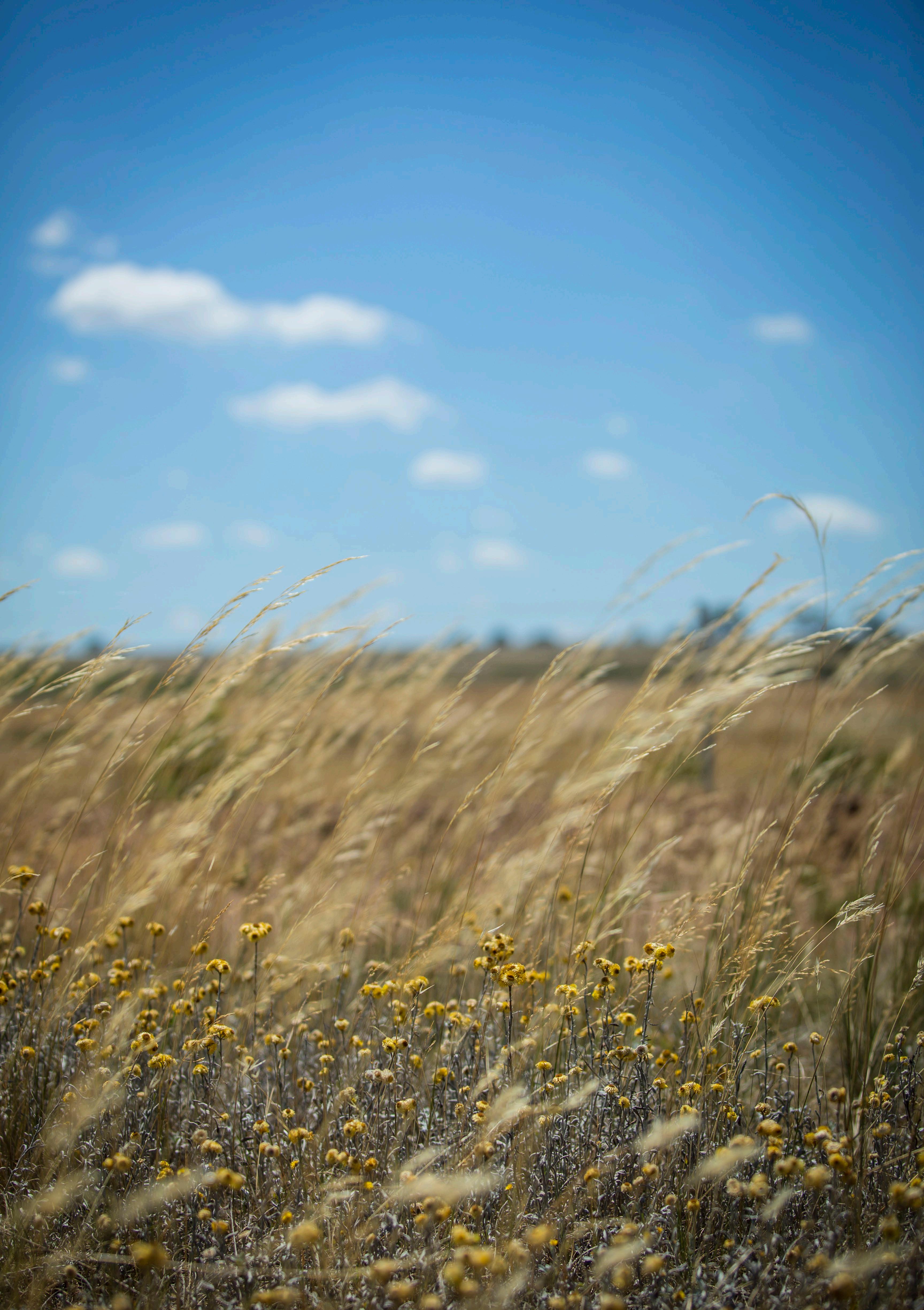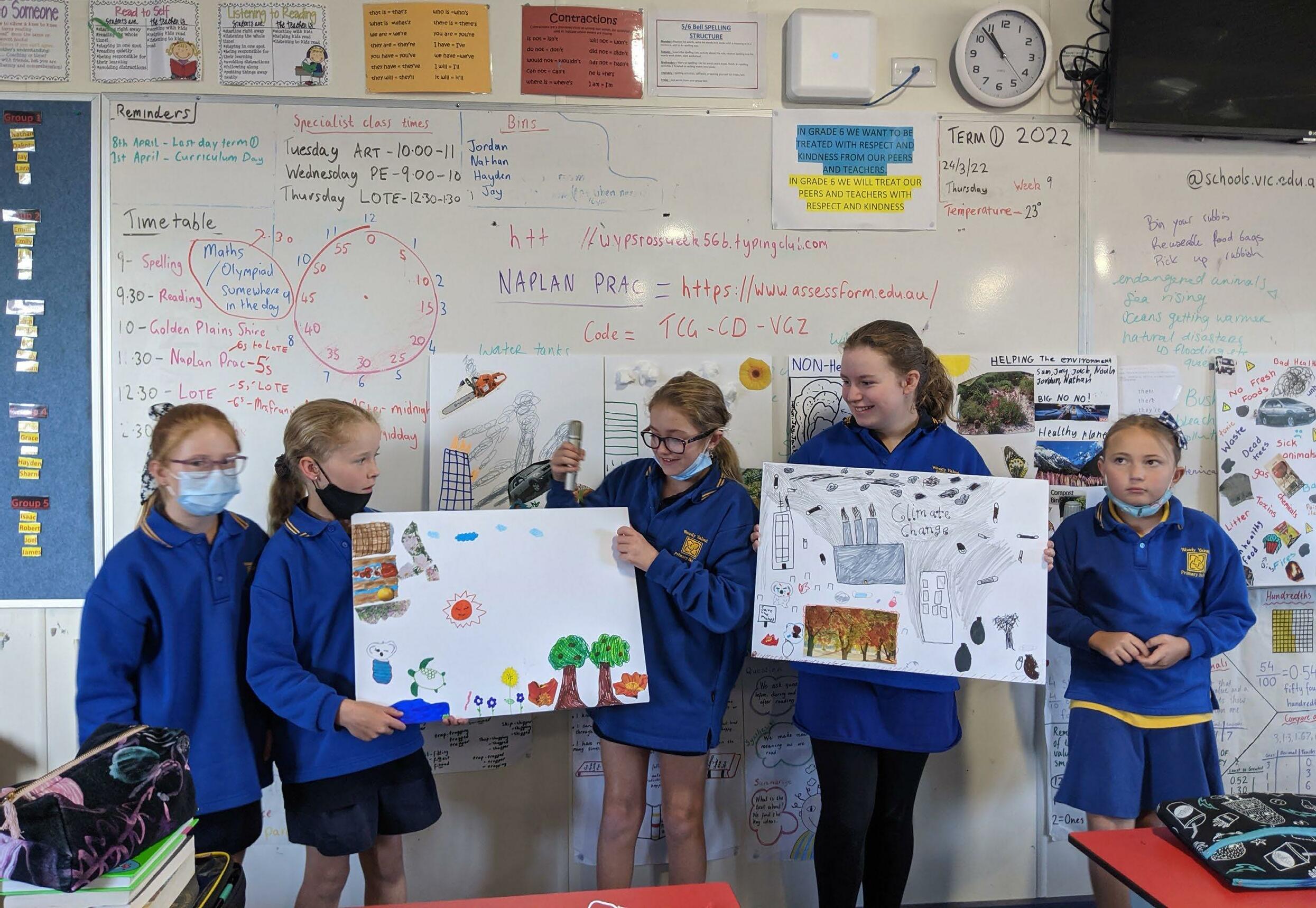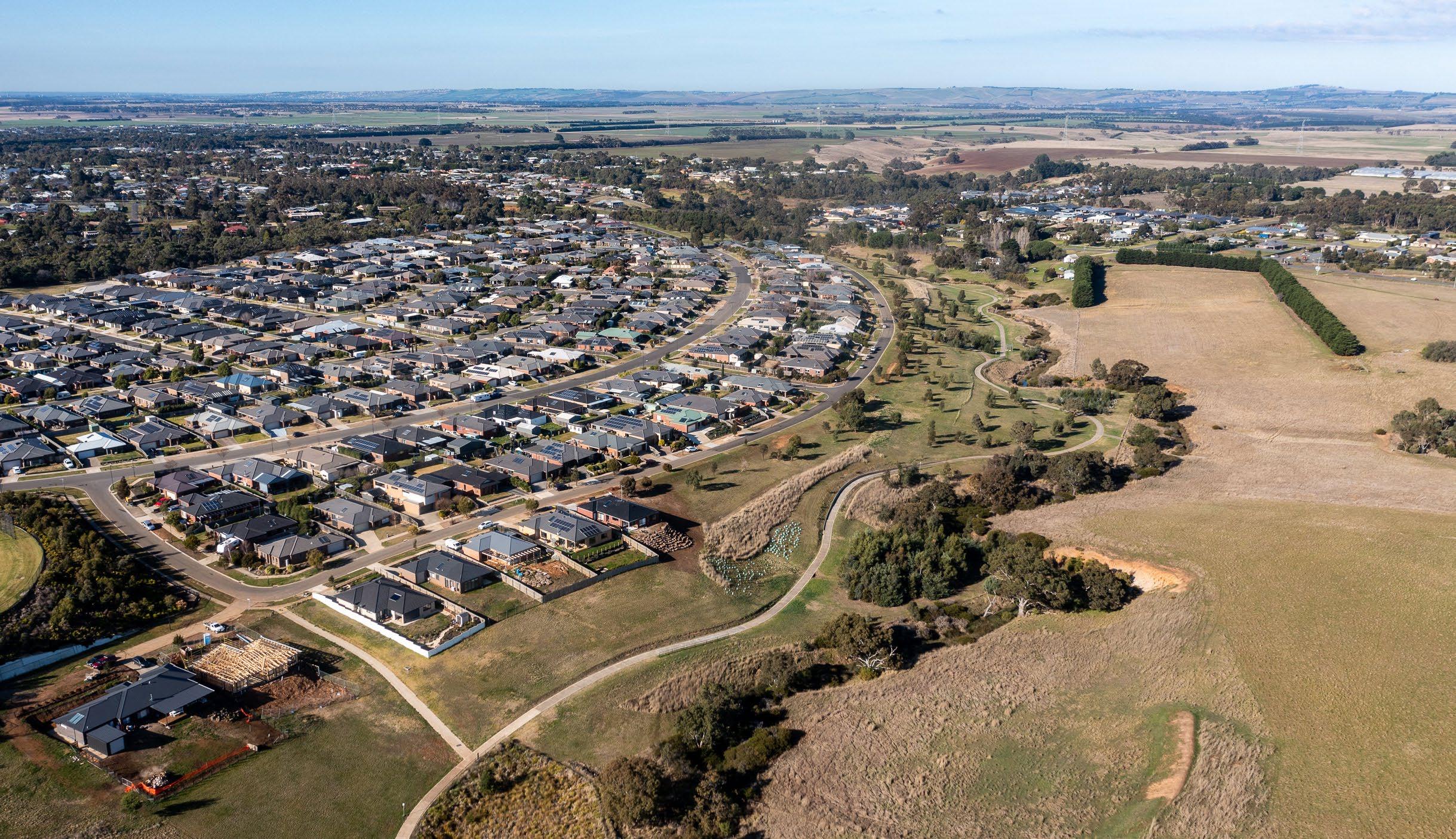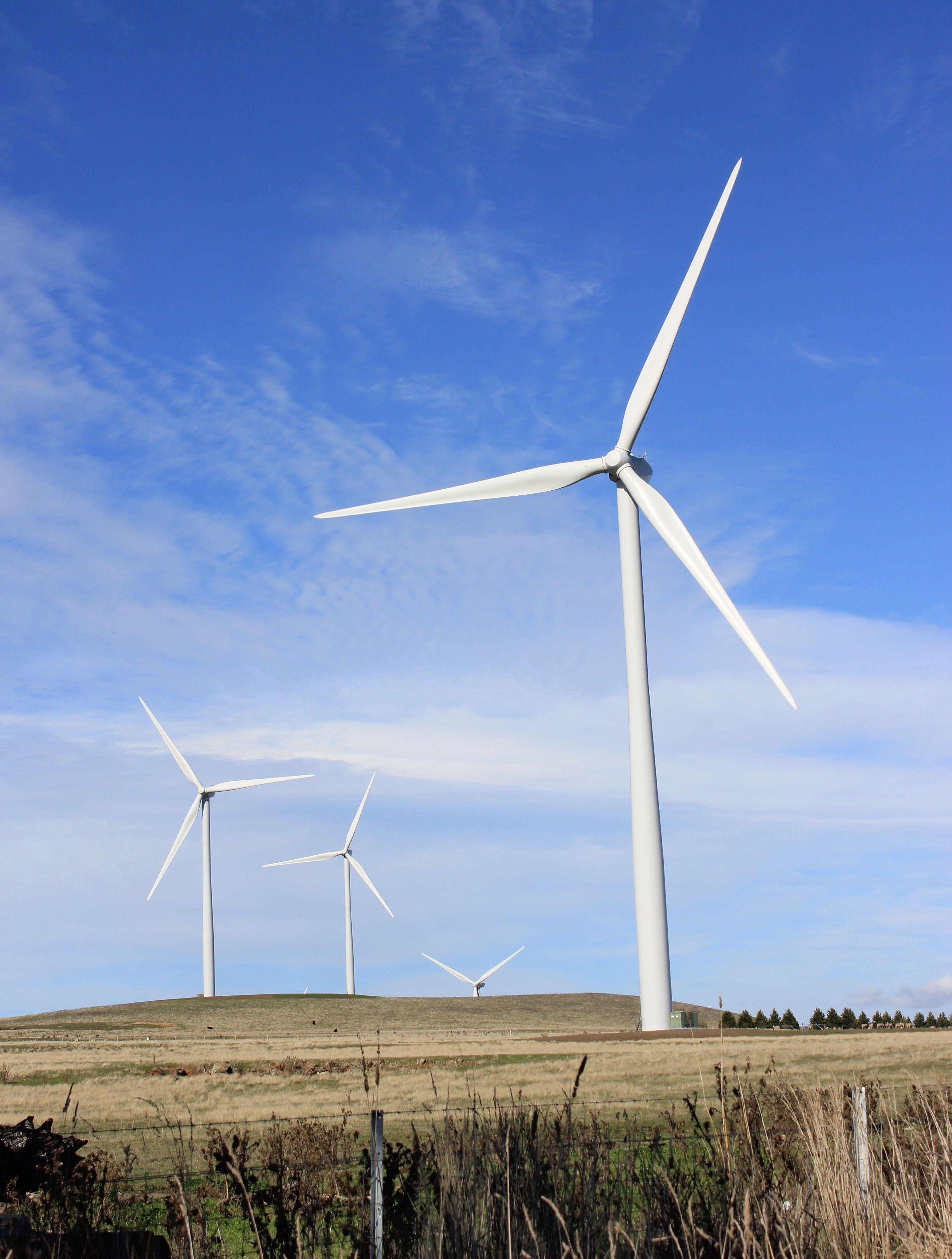
2 minute read
3. Context
AUSTRALIA AND CLIMATE CHANGE
According to the IPCC, the average annual global greenhouse gas emissions were at their highest levels in human history between 2010 and 2019. Limiting warming to around 1.5°C requires global greenhouse gas emissions to peak before 2025 at the latest, and be reduced by a quarter by 20302 .
Advertisement
- IPCC Chair Hoesung Lee
In Australia, there has already been unprecedented warming over the last few decades, with 2019 being the hottest and driest year ever recorded. The summer of 2020 saw catastrophic fire danger ratings at locations and times of the year that have never been seen before. The best outcomes for our climate come from collective action, and many local councils, businesses, and communities across Victoria are already playing an important role. A key document used to inform this Plan is the Grampians Region Climate Adaptation Strategy 2021-25, which was developed by local stakeholders to address the unique challenges faced by the Grampians region. In addition, there are three pieces of legislation that underpin Council’s Climate Emergency response: 1. Victorian Local Government Act 2020 sets a clear expectation that the long-term negative impacts of climate change on future generations should be considered in Council planning, decision-making and actions. 2. Climate Change Act 2017 requires Council to consider climate change through the Municipal Health and Wellbeing Plan and calls on Councils to put forward an emissions reduction pledge. 3. Renewable Energy Act 2017 legislates the renewable energy generation target of 50% by 2030 for Victoria.
2IPCC (2022), IPCC Sixth Assessment Report Press Release
- Wadawurrung Country Plan (2020-2030), page 26
Impact of climate change on the region
Golden Plains Shire is located in south-western Victoria covering an area of 2,705 square kilometres. Golden Plains is a predominantly rural area with a population of just under 25,000 across 16 townships3, bordered by the regional cities of Geelong to the south and Ballarat to the north.
Climate change is already impacting Golden Plains Shire. The following impacts are expected into the future:
• Maximum and minimum daily temperatures will continue to increase year-round over this century. By the 2030s, an increase in daily temperature of 0.8 to 1.5 degrees is expected4 . • Harsher fire weather and longer fire seasons will exacerbate an already bushfire prone Shire. • Increased frequency and intensity of heatwaves and storms will continue to put vulnerable people, industries and infrastructure at risk. • Species and ecosystems will continue to experience increased pressure due to the increasing frequency and severity of extreme weather events, and changes to rainfall and waterway flows. • The health and wellbeing of the community will be further impacted by heat-related illness and death, diseases and adverse mental health and economic impacts.
3Golden Plains Shire Council Plan (2021-2025) 4Adapt Grampians (2021-2025), Grampians Region Climate Adaptation Strategy






